Biodegradable facemasks! 😃
A natural solution to fight pollution. 📕.
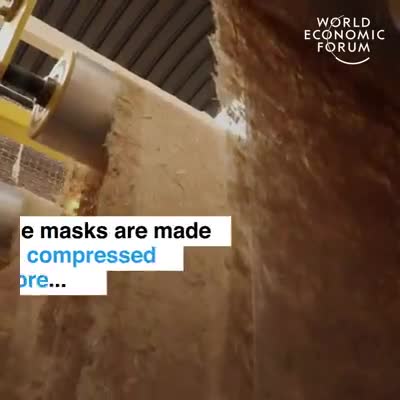
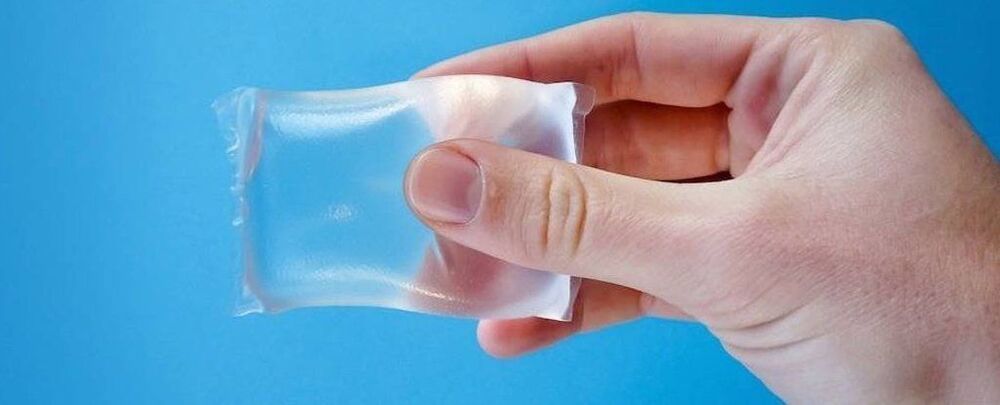
From a pile of seaweed to a packet of soy sauce.
The London startup Notpla has created a plastic alternative from seaweed that’s biodegradable — and even edible. And it’s hoping it could put a dent in the 300 million tons of plastic waste humans generate each year.
Notpla’s natural plastic-like casing is biodegradable within four to six weeks, the company says, compared to the several hundred years it takes synthetic plastics to biodegrade.
The technology doesn’t seem to be here yet; obviously, the ice on Mars will be harvested to provide drinking and irrigation water.
If we ever intend to send crewed missions to deep-space locations, then we need to come up with solutions for keeping the crews supplied. For astronauts aboard the International Space Station (ISS), who regularly receive resupply missions from Earth, this is not an issue. But for missions traveling to destinations like Mars and beyond, self-sufficiency is the name of the game.
This is the idea behind projects like BIOWYSE and TIME SCALE, which are being developed by the Centre for Interdisciplinary Research in Space (CIRiS) in Norway. These two systems are all about providing astronauts with a sustainable and renewable supply of drinking water and plant food. In so doing, they address two of the most important needs of humans performing long-duration missions that will take them far from home.
Even though the ISS can be resupplied in as little as six hours (the time between launch and the time a supply capsule will dock with the station), astronauts still rely on conservation measures while in orbit. In fact, roughly 80% of the water aboard the ISS comes from airborne water vapor generated by breathing and sweat, as well as recycled shower water and urine—all of which is treated with chemicals to make it safe for drinking.
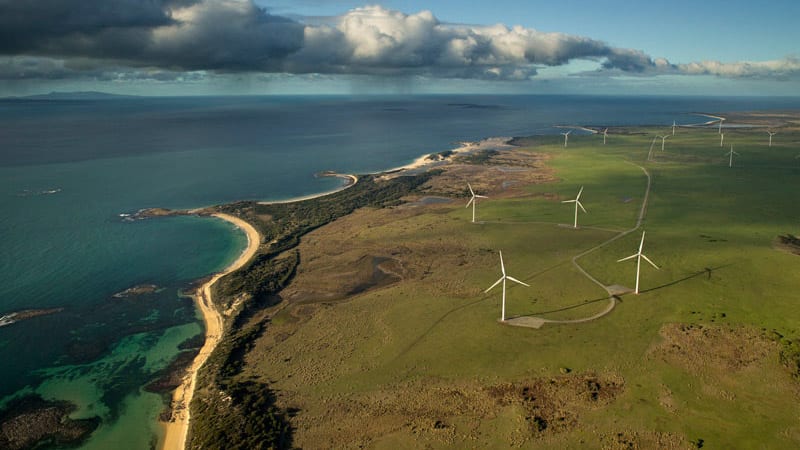
The Tasmania government has declared that it has become the first Australian state, and one of just a handful of jurisdictions worldwide, to be powered entirely by renewable electricity.
In a statement released on Friday, Tasmanian energy minister Guy Barnett said that state had effectively become entirely self-sufficient for supplies of renewable electricity, supplied by the state’s wind and hydroelectricity projects.
“We have reached 100 per cent thanks to our commitment to realising Tasmania’s renewable energy potential through our nation-leading energy policies and making Tasmania attractive for industry investment, which in turn is creating jobs across the State, particularly in our regions,” Barnett said.
This video was made possible by Brilliant. Be one of the first 200 people to sign up with this link and get 20% off your premium subscription with Brilliant.org! https://brilliant.org/futurology.
Visit Our Parent Company EarthOne For Sustainable Living Made Simple ➤
https://earthone.io/
In videos past of this deep learning series, we have going from learning about the origins of the field of deep learning to how the structure of the neural network was conceived, along with working through an intuitive example covering the fundamentals of deep learning.
The focus of this video then will be to tie up many of the loose ends from those videos, and really delve into some of the complexities of deep learning!
Learn more about us here ➤
Forget Netflix and binge watch these awesome farm-bot videos.
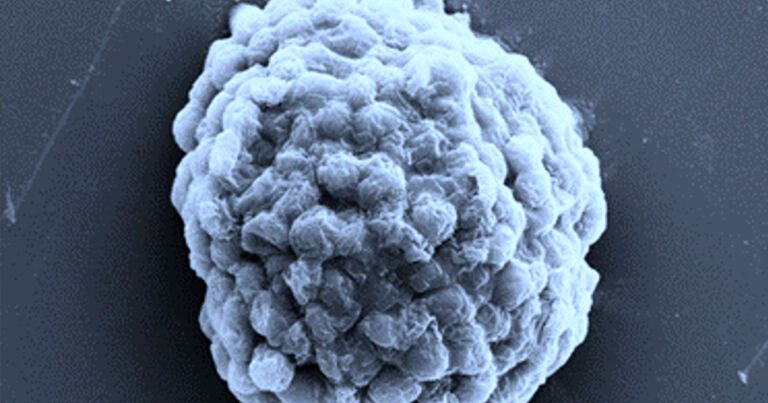

Austrian boatbuilder Silent Yachts has already gained a fair bit of attention with its solar electric catamarans. Its just-announced latest model should continue that trend, as it’s the result of a partnership with automakers Volkswagen and Cupra.
According to Silent Yachts, the as-yet unnamed solar-powered electric catamaran will feature the company’s own photovoltaic system. This will be used to charge batteries that will in turn provide power to the yacht’s onboard electronics, and to its electric propulsion system.
That system will be based around Volkswagen’s modular electric drive matrix (MEB) platform. MEB was initially designed as an optimized means of delivering power from a bank of chassis-integrated batteries to a motor on a car’s rear axle – the platform can also be set up for four-wheel-drive. Volkswagen has since made the technology available for third-party applications, hence its upcoming use for spinning the catamaran’s propellers.
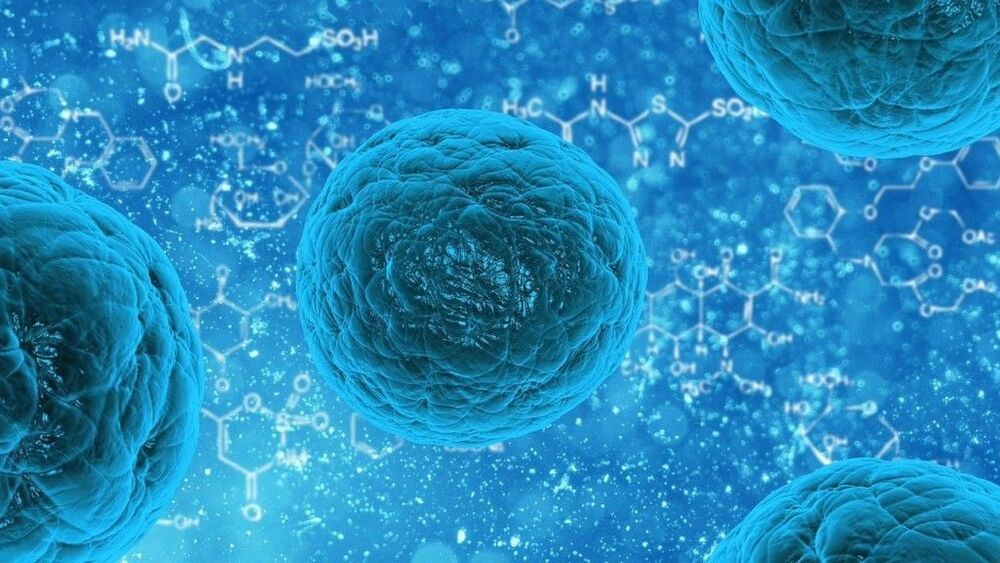
Plant scientists have revolutionised science and innovation. Research around the cell or cell biology was born out of plant science.
Researching plants is vital for our food security, maintaining our ecosystems and in our fight against climate change. Plant science is equally important to generate new knowledge that breaks disciplinary barriers to revolutionise several fields of research and innovation. But despite its valuable contribution, scientists and prospective young scientists often overlook plant science. It’s because of this low recognition, plant science doesn’t get the same prestige as other disciplines. This is detrimental to the future of plant science as bright young students continue to choose a career away from plant science. I never considered studying plants myself — it was entirely accidental that I studied plant science.
In other words, scientists and prize committees question the influence of basic plant science across different disciplines.
But the fact is that ever since the early days of science, plants have been central to breakthroughs. Discoveries in plant science have enabled technological advances that we enjoy today. Therefore, I’m aiming to write a series of blog posts to highlight a few significant findings from research in plants. Here, I explain how plant research revolutionised the field of cell biology.
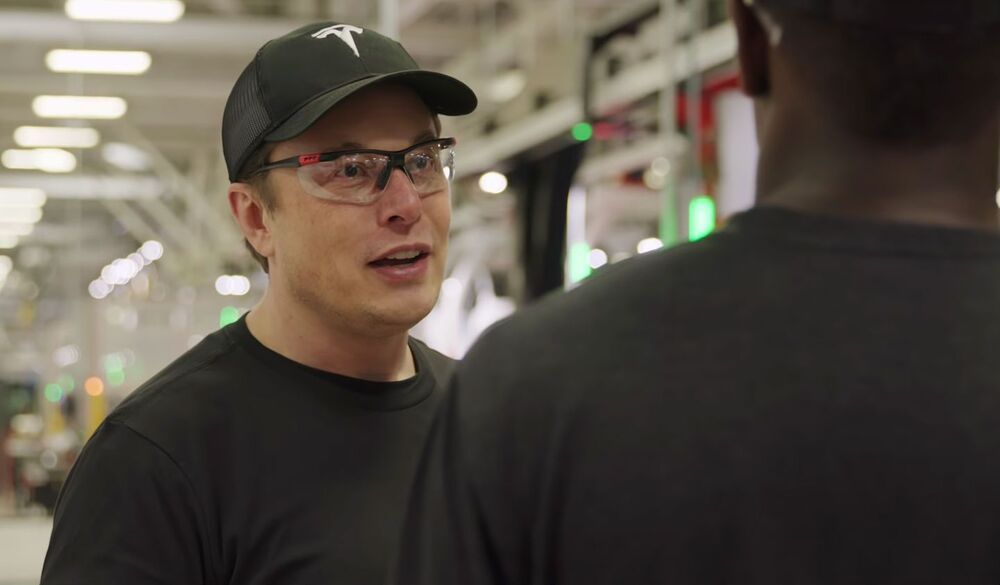
Elon Musk will be awarded the Axel Springer Award for his astonishing life accomplishments. Tesla and SpaceX are just two of the companies Musk leads, but both have already made significant changes in their respective industries and in people’s way of living. Musk will be accepting the award personally on December 21 in Berlin, confirmed Tesla North.
“As one of the most creative entrepreneurs and most brilliant engineers of the digital age, Elon Musk inspires an entire generation. He combines great visions with the indomitable will to achieve them,” said the CEO of Axel Springer SE, Mathias Döpfner.
“With PayPal, SpaceX and Tesla, Elon Musk has turned entire industries upside down, and his drive is irrepressible. He is motivated by the goal of making life better for humanity. And not in small steps, but by fundamentally turning the way we do things on their head. With incredible success,” he clarified.